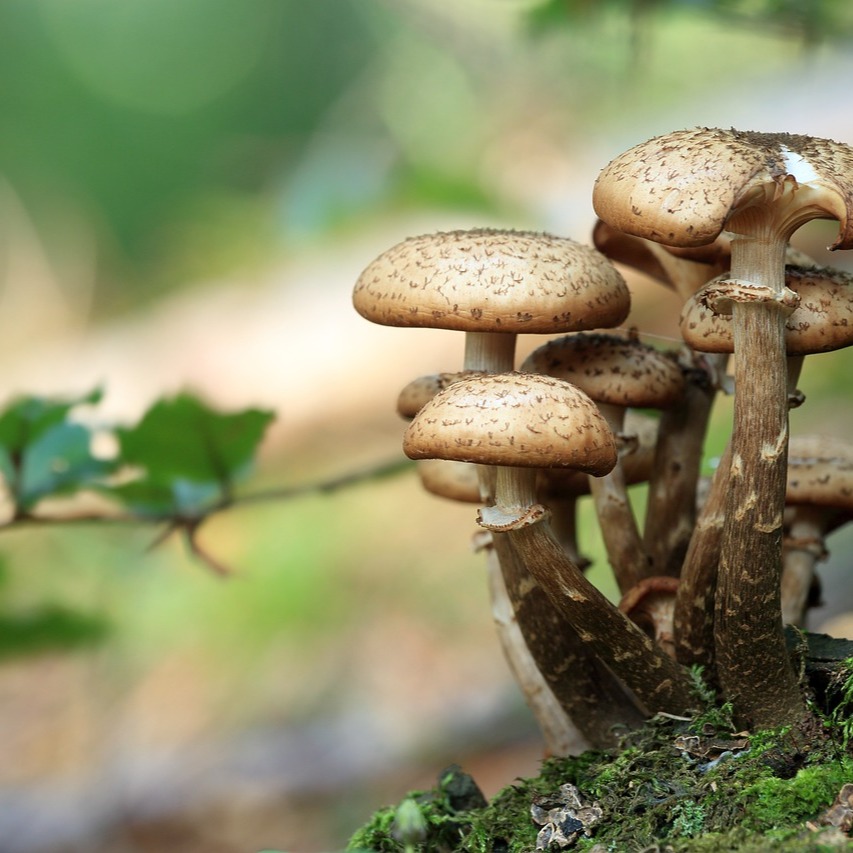
Introduction
Wild mushrooms are fascinating and flavorful fungi that can be foraged successfully in the United Kingdom. With their unique textures and earthy flavors, finding and identifying wild mushrooms can be a rewarding experience. In this comprehensive guide, we will walk you through the process of foraging and safely enjoying wild mushrooms, including tips for identification, locations, and culinary uses. Let's get started!
Foraging Safely
Foraging for wild mushrooms requires caution and knowledge. Follow these guidelines to ensure your safety:
- Learn from experts: It's essential to learn from experienced foragers or mycologists who can teach you about different mushroom species and their characteristics. Attend guided forays or join local mycological societies.
- Identify with certainty: Always be 100% certain of the identification before consuming any wild mushroom. Mistakes can be dangerous or even fatal. Use reliable field guides or smartphone apps for accurate identification.
- Start with easy-to-identify species: Begin with easily recognizable mushrooms, such as field mushrooms or common edible varieties. Avoid consuming mushrooms with ambiguous features or look-alike species.
- Respect the environment: Harvest mushrooms responsibly and avoid damaging the habitat. Only pick mature specimens and leave some behind to ensure the sustainability of the mushroom population.
- Know the legal restrictions: Some areas may have regulations on foraging. Check local laws, obtain necessary permits if required, and respect private property.
- Be aware of allergies and sensitivities: Some people may have allergies or sensitivities to certain mushroom species. Always start with small amounts when trying a new variety.
Popular Edible Mushrooms in the UK
The United Kingdom is home to various edible wild mushrooms. Here are some popular and commonly foraged species:
- Field Mushroom (Agaricus campestris): Recognized by its white cap and pink gills, the field mushroom is a common edible mushroom found in grassy areas and pastures.
- Chanterelle (Cantharellus cibarius): This prized mushroom has a vibrant orange-yellow color and a distinctive funnel-shaped cap. It is often found in woodland areas and heathlands.
- Cep (Boletus edulis): Also known as porcini, ceps are highly sought after for their nutty flavor and firm texture. They typically grow in association with certain tree species, such as oaks and beeches.
- Chicken of the Woods (Laetiporus sulphureus): This striking mushroom has bright yellow-orange fan-shaped brackets. It is commonly found on dead or decaying trees, particularly oak.
- St. George's Mushroom (Calocybe gambosa): Named after its tendency to appear around St. George's Day (April 23rd), this mushroom has a white cap and distinctive mealy smell. It is found in grassy areas and woodlands.
Preparing and Cooking
Proper preparation and cooking are essential when enjoying wild mushrooms. Follow these steps:
- Clean and inspect: Brush off any dirt or debris from the mushrooms. Inspect them carefully for any signs of decay or insect infestation. Trim off any tough or woody parts.
- Cook thoroughly: Wild mushrooms should always be cooked before consumption to eliminate any potential toxins or pathogens. Saute, roast, or cook them in various recipes to bring out their flavors.
- Pair with complementary ingredients: Wild mushrooms can be used in a variety of dishes, such as risottos, pasta sauces, or soups. Experiment with different herbs, spices, and ingredients to enhance their flavors.
- Start with small amounts: If you're trying a wild mushroom for the first time, start with a small portion to gauge your tolerance and reaction. Some people may be more sensitive to certain species.
Conclusion
Foraging and enjoying wild mushrooms in the United Kingdom can be a rewarding and exciting activity. By learning about different species, following safety guidelines, and practicing responsible foraging, you can explore the diverse world of wild mushrooms. Remember to always prioritize safety and be certain of the identification before consuming any wild mushroom. Happy foraging and enjoy the flavors of nature!